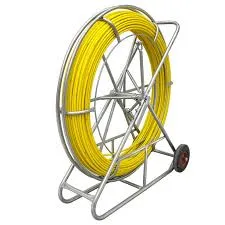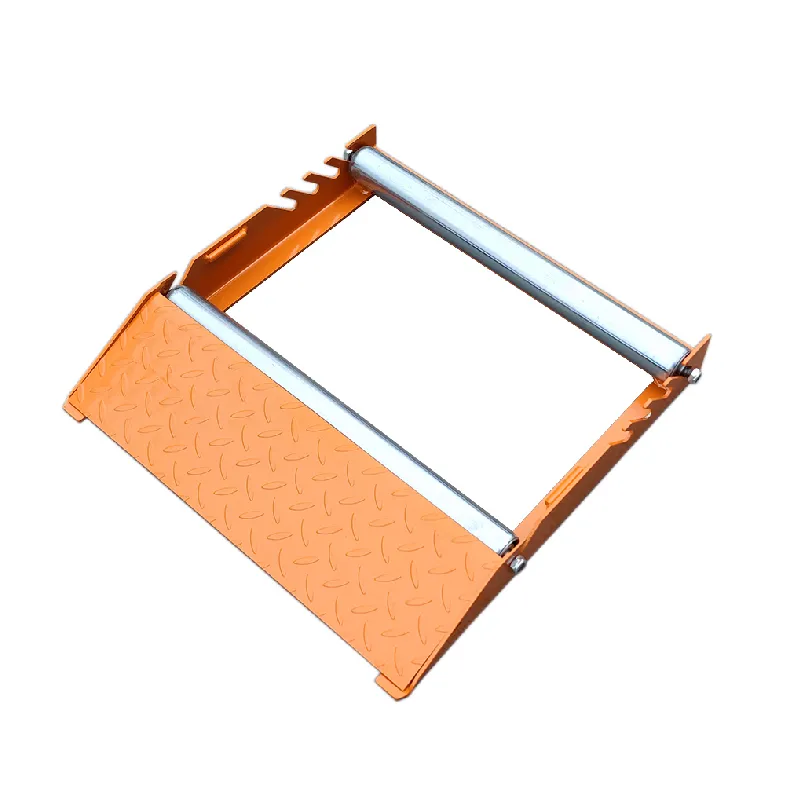
-
 Afrikaans
Afrikaans -
 Albanian
Albanian -
 Amharic
Amharic -
 Arabic
Arabic -
 Armenian
Armenian -
 Azerbaijani
Azerbaijani -
 Basque
Basque -
 Belarusian
Belarusian -
 Bengali
Bengali -
 Bosnian
Bosnian -
 Bulgarian
Bulgarian -
 Catalan
Catalan -
 Cebuano
Cebuano -
 Corsican
Corsican -
 Croatian
Croatian -
 Czech
Czech -
 Danish
Danish -
 Dutch
Dutch -
 English
English -
 Esperanto
Esperanto -
 Estonian
Estonian -
 Finnish
Finnish -
 French
French -
 Frisian
Frisian -
 Galician
Galician -
 Georgian
Georgian -
 German
German -
 Greek
Greek -
 Gujarati
Gujarati -
 Haitian Creole
Haitian Creole -
 hausa
hausa -
 hawaiian
hawaiian -
 Hebrew
Hebrew -
 Hindi
Hindi -
 Miao
Miao -
 Hungarian
Hungarian -
 Icelandic
Icelandic -
 igbo
igbo -
 Indonesian
Indonesian -
 irish
irish -
 Italian
Italian -
 Japanese
Japanese -
 Javanese
Javanese -
 Kannada
Kannada -
 kazakh
kazakh -
 Khmer
Khmer -
 Rwandese
Rwandese -
 Korean
Korean -
 Kurdish
Kurdish -
 Kyrgyz
Kyrgyz -
 Lao
Lao -
 Latin
Latin -
 Latvian
Latvian -
 Lithuanian
Lithuanian -
 Luxembourgish
Luxembourgish -
 Macedonian
Macedonian -
 Malgashi
Malgashi -
 Malay
Malay -
 Malayalam
Malayalam -
 Maltese
Maltese -
 Maori
Maori -
 Marathi
Marathi -
 Mongolian
Mongolian -
 Myanmar
Myanmar -
 Nepali
Nepali -
 Norwegian
Norwegian -
 Norwegian
Norwegian -
 Occitan
Occitan -
 Pashto
Pashto -
 Persian
Persian -
 Polish
Polish -
 Portuguese
Portuguese -
 Punjabi
Punjabi -
 Romanian
Romanian -
 Russian
Russian -
 Samoan
Samoan -
 Scottish Gaelic
Scottish Gaelic -
 Serbian
Serbian -
 Sesotho
Sesotho -
 Shona
Shona -
 Sindhi
Sindhi -
 Sinhala
Sinhala -
 Slovak
Slovak -
 Slovenian
Slovenian -
 Somali
Somali -
 Spanish
Spanish -
 Sundanese
Sundanese -
 Swahili
Swahili -
 Swedish
Swedish -
 Tagalog
Tagalog -
 Tajik
Tajik -
 Tamil
Tamil -
 Tatar
Tatar -
 Telugu
Telugu -
 Thai
Thai -
 Turkish
Turkish -
 Turkmen
Turkmen -
 Ukrainian
Ukrainian -
 Urdu
Urdu -
 Uighur
Uighur -
 Uzbek
Uzbek -
 Vietnamese
Vietnamese -
 Welsh
Welsh -
 Bantu
Bantu -
 Yiddish
Yiddish -
 Yoruba
Yoruba -
 Zulu
Zulu


TEL:
0086-311-88862036
Januari . 13, 2025 15:41 Back to list
fish wire through conduit
Fishing wire through conduit is an essential task for many professional electricians and DIY enthusiasts alike. This seemingly simple process can become complex without the right knowledge, tools, and techniques. With decades of combined expertise from industry professionals, this guide provides authoritative advice on effectively and safely fishing wire through conduit, enhancing your projects' integrity and efficiency.
Safety cannot be overstated. Always ensure the conduit is de-energized and that you are wearing proper protective equipment, such as gloves and eye protection. Continuous monitoring for any signs of wear and tear on your tools or the conduit itself reduces the risk of damage and potential hazards. Emerging technologies are transforming the way wires are fished through conduits. Innovations such as flexible, snake-like robots are beginning to enter the market. These devices navigate through conduits autonomously or semi-autonomously, greatly reducing labor and time while increasing precision. Real-world experience underscores the importance of patience and practice. Many professionals find that their ability to effectively fish wire through conduits improves significantly over time as they encounter and learn from diverse scenarios. Building a community or network with other practitioners can provide valuable insights and techniques, further enhancing proficiency. Concluding, the process of fishing wire through conduit, while perhaps daunting at first, becomes manageable with the right preparation, tools, and techniques. Mastering this skill broadens the scope of electrical work that can be safely and effectively accomplished. By adhering to best practices and continuously seeking out educational resources, both novice and veteran electricians can achieve optimal results, ensuring their projects are both successful and safe.


Safety cannot be overstated. Always ensure the conduit is de-energized and that you are wearing proper protective equipment, such as gloves and eye protection. Continuous monitoring for any signs of wear and tear on your tools or the conduit itself reduces the risk of damage and potential hazards. Emerging technologies are transforming the way wires are fished through conduits. Innovations such as flexible, snake-like robots are beginning to enter the market. These devices navigate through conduits autonomously or semi-autonomously, greatly reducing labor and time while increasing precision. Real-world experience underscores the importance of patience and practice. Many professionals find that their ability to effectively fish wire through conduits improves significantly over time as they encounter and learn from diverse scenarios. Building a community or network with other practitioners can provide valuable insights and techniques, further enhancing proficiency. Concluding, the process of fishing wire through conduit, while perhaps daunting at first, becomes manageable with the right preparation, tools, and techniques. Mastering this skill broadens the scope of electrical work that can be safely and effectively accomplished. By adhering to best practices and continuously seeking out educational resources, both novice and veteran electricians can achieve optimal results, ensuring their projects are both successful and safe.
Latest news
duct-rodders-and-conduit-rod-tools
NewsAug.22,2025
ratchet-pullers-and-wire-tightening-tools
NewsAug.22,2025
chain-ratchet-pullers-and-hoist-solutions
NewsAug.22,2025
telescopic-hot-stick-for-electrical-and-high-voltage-use
NewsAug.22,2025
cable-clamp-and-insulated-cable-clamp-systems
NewsAug.22,2025
duct-rodder-conduit-rodder-and-cable-solutions
NewsAug.22,2025
Copyright © 2025 Shijiazhuang Bilo Import and Export Trading Co., Ltd. All Rights Reserved. Sitemap | Privacy Policy

BlLo lmport & Éxport is specialized in power and cable equipment andconsiruction tools,Qur main producis are FRP
duct rodder, cable rollerscable pulling winch, cable drum jack, cable pulling sock, etc.
Copyright © 2025 Shijiazhuang Bilo Import and Export Trading Co., Ltd. All Rights Reserved. Sitemap | Privacy Policy







